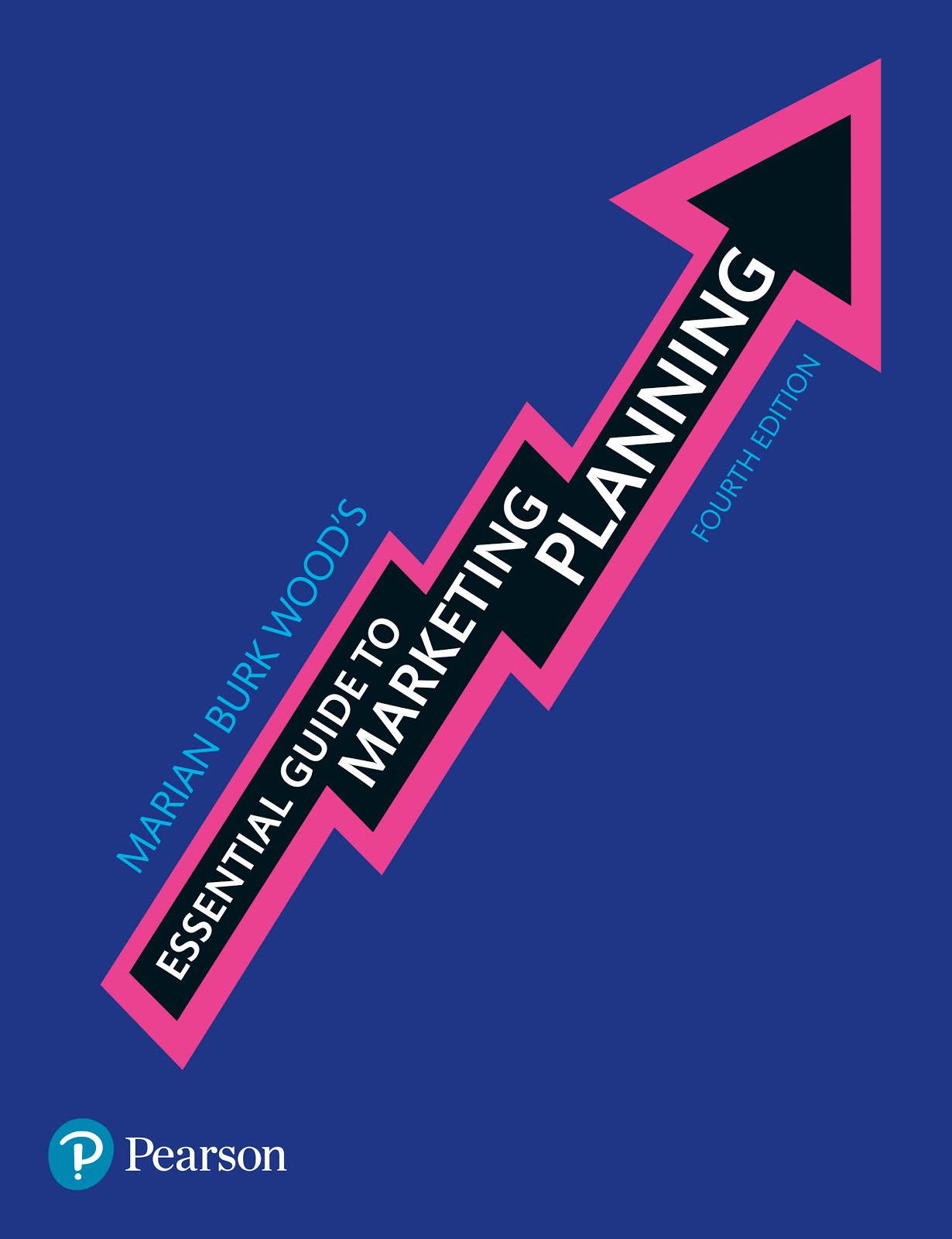 This is MG's 85th birthday year. When China's Nanjing bought the legendary MG business and assets, it looked like the brand would soon be back on UK roads (updating brand concept coverage in chapter 6). Then Nanjing ran into difficulties and merged with China's SAIC.
This is MG's 85th birthday year. When China's Nanjing bought the legendary MG business and assets, it looked like the brand would soon be back on UK roads (updating brand concept coverage in chapter 6). Then Nanjing ran into difficulties and merged with China's SAIC.Now MG is finally on its way to dealers near you. The TF LE500 is being produced at SAIC's Longbridge facility, based on kits shipped from China. The MGTF 135 sports car has also been announced. "We are now producing standard cars for general sale, rather than limited edition – it’s a key step," says the head of SAIC's UK corp communications. And the MG6 hatchback, shown first at auto shows in Asia, is scheduled for release within a year.
However, the economic downturn that has slowed auto sales around the world is hurting SAIC and all of its competitors, in China and elsewhere. Can SAIC rev up MG sales and recapture the brand's former glory and customer response?






